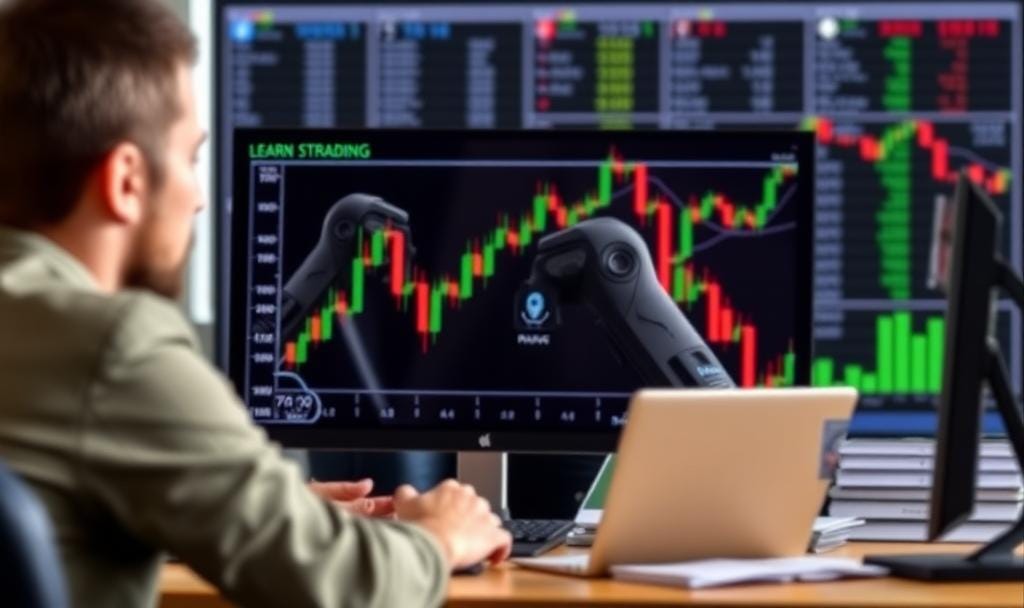1. Trend-Following Strategies (~2 minutes)
These strategies aim to capitalize on sustained price movements (up or down).
Moving Average Crossover: Buy when a short-term moving average (e.g., 10-day) crosses above a long-term one (e.g., 50-day); sell when it crosses below. Works in trending markets but lags in choppy ones. Risk: False signals during sideways markets.
Breakout Trading: Enter trades when the price breaks through key support/resistance levels (e.g., 52-week highs). Often uses volume confirmation. Risk: False breakouts can lead to losses.
Trend Momentum: Uses indicators like RSI or MACD to confirm the strength of a trend before entering. Risk: Overbought/oversold signals can mislead in strong trends.
Use Case: Best for markets with clear directional moves (e.g., bull or bear markets).
2. Mean Reversion Strategies (~2 minutes)
These assume prices will revert to their historical average after deviating.
Bollinger Bands: Buy when the price hits the lower band (oversold) and sell at the upper band (overbought). Risk: Prices can stay extreme longer than expected.
Pairs Trading: Trade two correlated assets (e.g., Coke vs. Pepsi). Go long on the underperformer and short the outperformer, betting on convergence. Risk: Correlation can break.
Reversal Trading: Enter trades when indicators (e.g., candlestick patterns like hammers) suggest a trend is exhausted. Risk: Misjudging reversals can lead to entering too early.
Use Case: Works in range-bound or oscillating markets.
3. Arbitrage Strategies
(~1.5 minutes)
Exploit price differences across markets or instruments.
Pure Arbitrage: Buy an asset cheaper on one exchange and sell it higher on another simultaneously. Example: Bitcoin priced at $60,000 on Exchange A and $60,100 on Exchange B. Risk: Requires fast execution and low fees.
Statistical Arbitrage: Uses algorithms to identify mispricings in correlated assets (e.g., ETFs vs. underlying stocks). Risk: High-frequency trading competition and tech costs.
Triangular Arbitrage: In forex, exploit exchange rate discrepancies (e.g., USD → EUR → GBP → USD). Risk: Tiny margins and high transaction costs.
Use Case: Best for high-frequency traders with advanced tech.
. Momentum and Scalping Strategies
(~2 minutes)
Focus on short-term price movements for quick profits.
Scalping: Make dozens of trades daily, capturing small price moves (e.g., 5-10 pips in forex). Relies on tight spreads and high liquidity. Risk: High transaction costs and stress.
News Trading: Trade based on market reactions to events (e.g., earnings reports, Fed announcements). Risk: Volatility can lead to slippage or unexpected moves.
High-Frequency Trading (HFT): Uses algorithms to execute thousands of trades in milliseconds, exploiting tiny price inefficiencies. Risk: Requires massive investment in tech and infrastructure.
Use Case: Suited for active traders in liquid markets like forex or equities.
Algorithmic and Quantitative Strategies (~1.5 minutes)
Rely on data-driven models and automation.
Trend-Following Algos: Automate entries/exits based on technical indicators. Risk: Black-box systems can fail in unexpected conditions.
Machine Learning Models: Use AI to predict price movements based on historical data. Risk: Overfitting to past data.
Market-Making: Provide liquidity by placing buy and sell orders simultaneously, profiting from the spread. Risk: Inventory risk if the market moves against you.
Use Case: For tech-savvy traders with programming skills.







